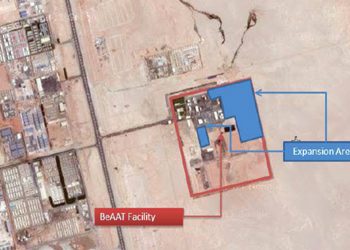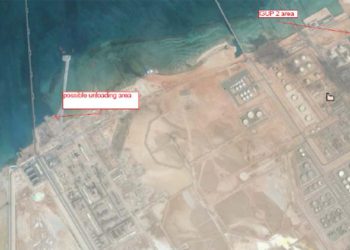Hazard Identification (HAZID) Study
Hazard Identification (HAZID) is a team-based brainstorming technique for the early identification of potential hazards and threats affecting people, the environment, assets, or reputation. It is the method which forms the fundamental first step of a risk assessment program.

In HAZID, there are two possible purposes for identifying hazards:
To get a list of hazards for the following evaluation utilizing other risk assessment techniques. This is called ‘Failure Case Selection’.
To conduct a qualitative evaluation of the consequence of the hazards and the actions for lowering the risks from them. This is called ‘Hazard Assessment’.
Hazard Identification (HAZID) is a popular and well-documented systematic assessment for identifying problem areas related to plants, systems, operations, design and maintenance. It can either be a part of a Quantitative Risk Assessment (QRA) or as a Standalone Analysis for installation, replacement, modification, reduction, lifting, isolation, etc.
Velosi has a panel of multi-skilled of professionals in the field of engineering and technical safety to perform hazard identification. Generally, HAZID sessions are initiated by an explanation of the proposed process for running the HAZID workshop, and thereafter become an open session and start by auditing the information in a logical and comprehensive way, applying checklist prompts.












